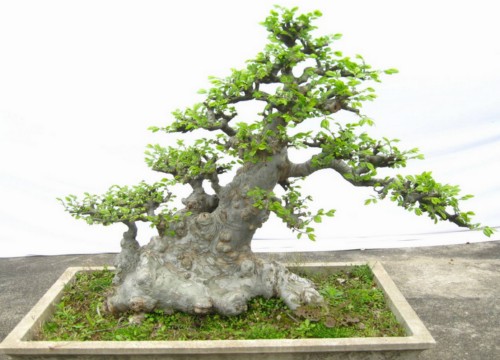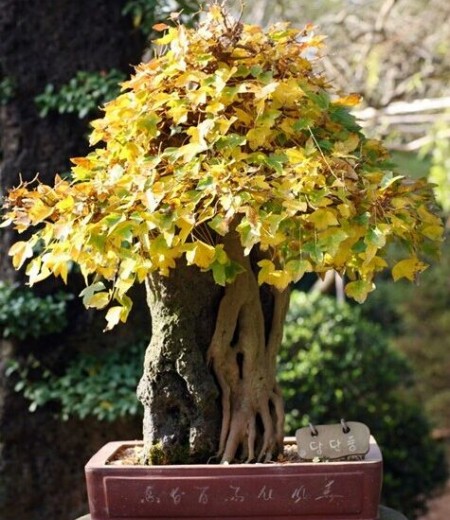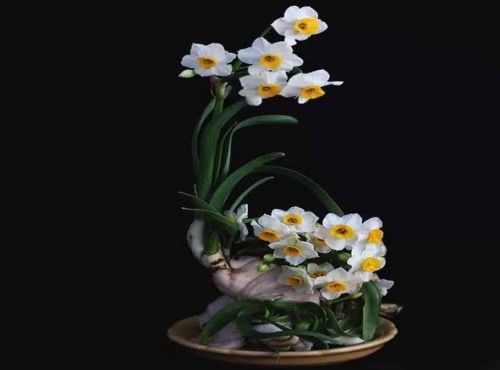The process of making elm bonsai
Elm trees, especially the old piles that grow in the wild, have gradually formed many different strange gestures after years of man-made chopping axe chisels, or wind and rain erosion, animal bites and so on. Some are intertwined, vigorous and simple, while others turn decay into magic, withered roots and new leaves, unique caves, and are excellent materials for making bonsai.

Here is a brief introduction to the process to be carried out in the production of elm bonsai:
The old piles of elm trees that have just been excavated should be planted in plain sand or planted in tile pots to "raise piles". It is generally carried out from late autumn to spring (the survival rate is the highest in the two or three months before sprouting). Before planting, the roots and branches should be pruned first, and the viscous sap often flows out at the cut. If the liquid exudates too much, it will seriously affect the survival rate. Use paint, wax seal in the cut, you can also apply a layer of erythromycin ointment or sulfonamide ointment, and then sprinkle with fine sand. Compact the soil as much as possible after planting, but do not need to water, just spray clean water to the branches 1-2 times a day, and water again 3-4 days later. It is forbidden to accumulate water in the soil if it is not dry or watered in the future.
Secondly, according to the basic shape of the old pile, the elm bonsai should be made into different forms of bonsai, such as straight dry type, curved dry type, oblique dry type, water-facing type, cliff type, wind type, jungle type, stone-attached type and so on. Modeling time can be in the dormant period after falling leaves, but also in the growing period, but to avoid the budding period.
Time: 2019-05-26 Click:
- Prev

The method of making bonsai with ginkgo biloba stump
When people are transforming and pruning ginkgo trees, they often cut off a lot of branches, and they can choose the best shape as interstock and quickly make ginkgo stump bonsai. There are three points for attention. 1. The root system of rootstock should be developed. Depending on the size of the interstock, the number of strips is determined, and it is generally followed by three plants, resulting in a tripod.
- Next

The method of making miniature Narcissus bonsai
Narcissus is one of the top ten famous flowers in China. Chinese folk people like to provide daffodils and embellishments as New year's flowers every New year. Because daffodils are fed only by clear water and do not need soil to cultivate. The roots of daffodils, such as silver, are spotless; the leaves of daffodils are green and vivid; and the flowers of daffodils are like gold silver tables.
Related
- Fuxing push coffee new agricultural production and marketing class: lack of small-scale processing plants
- Jujube rice field leisure farm deep ploughing Yilan for five years to create a space for organic food and play
- Nongyu Farm-A trial of organic papaya for brave women with advanced technology
- Four points for attention in the prevention and control of diseases and insect pests of edible fungi
- How to add nutrient solution to Edible Fungi
- Is there any good way to control edible fungus mites?
- Open Inoculation Technology of Edible Fungi
- Is there any clever way to use fertilizer for edible fungus in winter?
- What agents are used to kill the pathogens of edible fungi in the mushroom shed?
- Rapid drying of Edible Fungi

